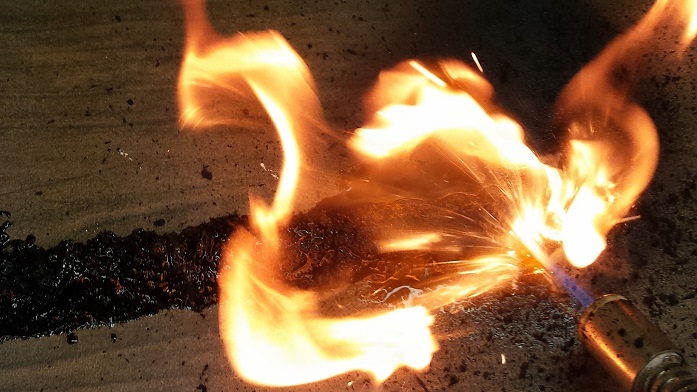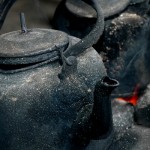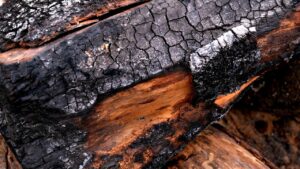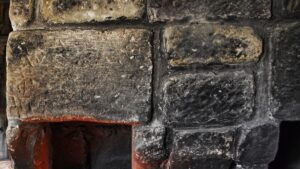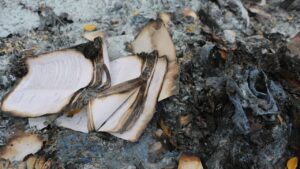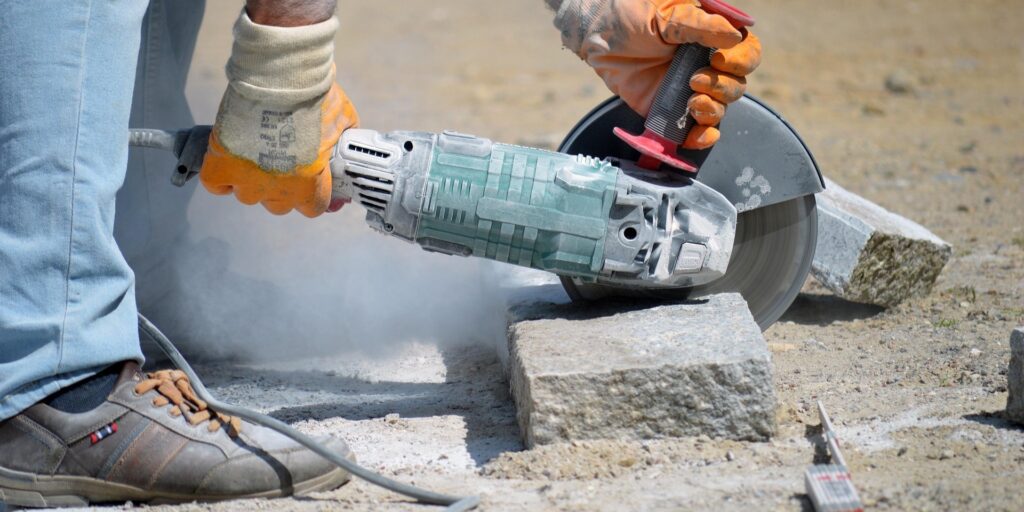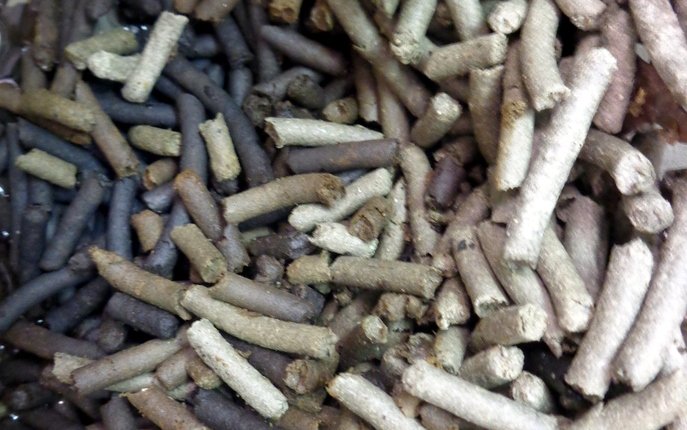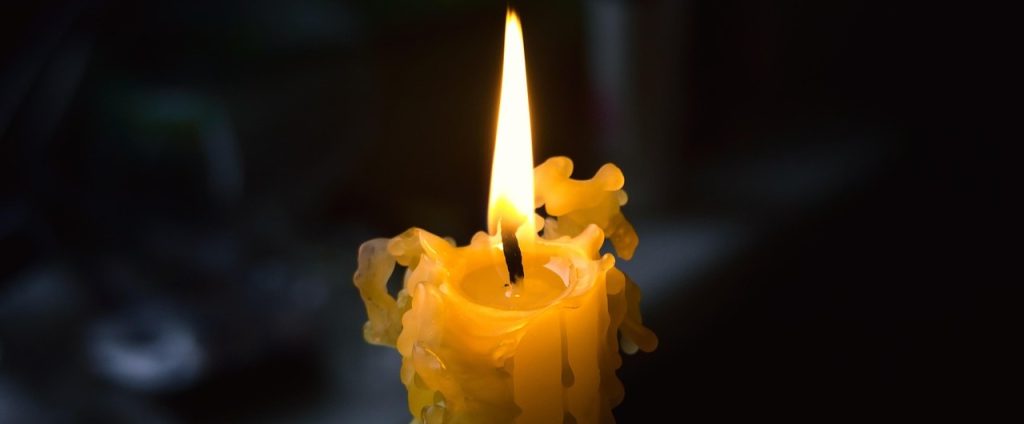After a kitchen fire, checking for chemical hazards is critical before moving back in—here’s how to assess and test your home’s air quality effectively. Kitchen fires can release thousands of chemicals into the air, and while your insurance company likely repaired the visible damage, it’s understandable to want reassurance that your home is safe to live in again. Unfortunately, there isn’t a single test that detects all potential hazards, but we can guide you on what to check and how to proceed with testing if needed.
Steps to Assess Your Home After a Fire
- No Odour or Visible Stains:
- Visit your home and check for any lingering smoke smell or fire-related stains on walls and ceilings.
- If you notice no odours or stains, your indoor air quality is likely safe, and additional testing may not be necessary.
- Smoke Odour Detected:
- If a smoky odour persists, phenols may still be present in the air. These chemicals, while primarily a nuisance at low levels, can be measured with an air test to confirm their presence.
- Learn more: Phenol Testing
- Soot Residue:
- Check for soot stains on surfaces like windows, mirrors, or china. Soot is often an indicator of incomplete cleaning.
- Surface and air tests for soot can determine if there are immediate health risks.
- Learn more: Soot Residue Testing
- Tar-Like Stains or Creosote:
- Oily, tar-like stains with a smoky smell may indicate the presence of pitch or creosote, which contain harmful chemicals, including carcinogenic Polynuclear Aromatic Hydrocarbons (PAHs).
- These stains should be addressed by your contractor, and testing is strongly recommended.
- Learn more: PAH Testing on Wipes and Air Samples
- Lead Hazards in Older Homes:
- If your home was built before 1985, lead-based paint may pose a risk. Collect wipe samples of construction dust or air samples to test for lead contamination.
- Learn more: Lead Testing in Air and on Surfaces
Contact Us
If you’d like to order any of these tests or have further questions, please email us at your convenience. LCS Laboratory is here to help ensure your home is safe and free of chemical hazards.

